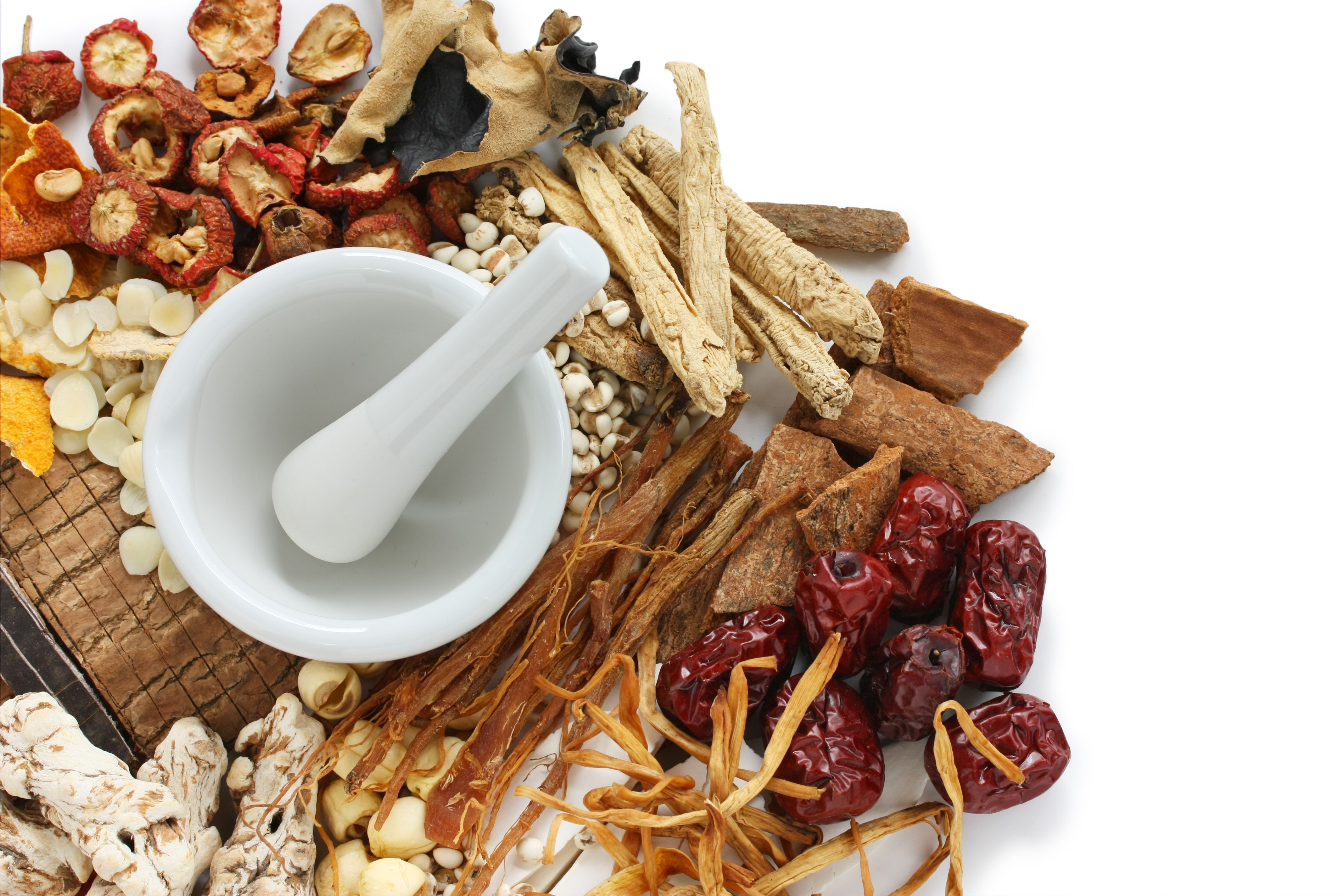Comprehensive Analysis Unveils Chemical Composition of Lingbao Huxin Dan for Cardiovascular Health
Researchers employed advanced chromatography and mass spectrometry techniques to unravel the chemical components and metabolites of Lingbao Huxin Dan, pinpointing its therapeutic potential for cardiovascular ailments.
In a recent study published in the Journal of Separation Science, researchers from various Chinese institutions including Shanghai University of Traditional Chinese Medicine, Tianjin University of Science and Technology, and Dali University, among others, collaborated to elucidate the chemical composition and metabolites of Lingbao Huxin Dan (LBHX), a traditional Chinese prescription used for treating cardiovascular diseases (1).
chinese food therapy, traditional chinese herbal medicine | Image Credit: © uckyo - stock.adobe.com

LBHX has long been recognized for its effectiveness in managing a variety of cardiovascular ailments. However, despite its widespread use, the specific chemical components and metabolites responsible for its therapeutic effects have remained unclear, hampering efforts to establish quality evaluation standards and guidelines.
To address this knowledge gap, the research team employed a sophisticated analytical approach, combining gas chromatography coupled with tandem mass spectrometry (GC–MS/MS) and ultrahigh-pressure liquid chromatography coupled with quadrupole time-of-flight mass spectrometry (UHPLC–QTOF-MS). This comprehensive methodology allowed for the identification and characterization of both volatile and non-volatile chemical compounds present in LBHX.
Their analysis revealed a total of 53 volatile compounds and 191 non-volatile chemical components within LBHX. These included a diverse array of compounds such as bufadienolides, diterpenoids, bile acids, phenolic acids, and triterpenoid saponins. Additionally, the researchers identified 50 prototypes and 62 metabolites in rat plasma samples, highlighting the metabolic transformations undergone by LBHX in vivo.
Metabolic responses observed in the study encompassed both phase I reactions (such as hydrolysis, oxidation, and hydroxylation) and phase II reactions (including glucuronidation and methylation), providing insights into the biotransformation pathways of LBHX within the body.
Furthermore, the researchers utilized AutoDock Vina software to conduct virtual screening, identifying 11 compounds with notable binding affinity to key proteins associated with sick sinus syndrome, a common cardiovascular disorder. This computational analysis offered valuable clues regarding the potential mechanisms underlying LBHX's therapeutic effects on cardiovascular health.
Overall, this study represents the first systematic investigation into the pharmacodynamic material basis of LBHX, offering crucial insights into its chemical composition and metabolic profile. By elucidating the molecular constituents of LBHX and their potential interactions with biological targets, this research lays a solid foundation for further exploration of LBHX's therapeutic mechanisms in the treatment of cardiovascular diseases.
This article was written with the help of artificial intelligence and has been edited to ensure accuracy and clarity. You can read more about our policy for using AI here.
Reference
(1) Huang, F.; Wang, Z.; Wang, L.; et al. Chemical Components Characterization and In Vivo Metabolites Profiling of Lingbao Huxin Dan by Gas Chromatography–Mass Spectrometry and Ultra-High-Performance Liquid Chromatography-Tandem Quadrupole Time-of-Flight Mass Spectrometry. J. Sep. Sci. 2024, 47 (1), 2300233. DOI: 10.1002/jssc.202300233
Silvia Radenkovic on Building Connections in the Scientific Community
April 11th 2025In the second part of our conversation with Silvia Radenkovic, she shares insights into her involvement in scientific organizations and offers advice for young scientists looking to engage more in scientific organizations.
Polysorbate Quantification and Degradation Analysis via LC and Charged Aerosol Detection
April 9th 2025Scientists from ThermoFisher Scientific published a review article in the Journal of Chromatography A that provided an overview of HPLC analysis using charged aerosol detection can help with polysorbate quantification.






